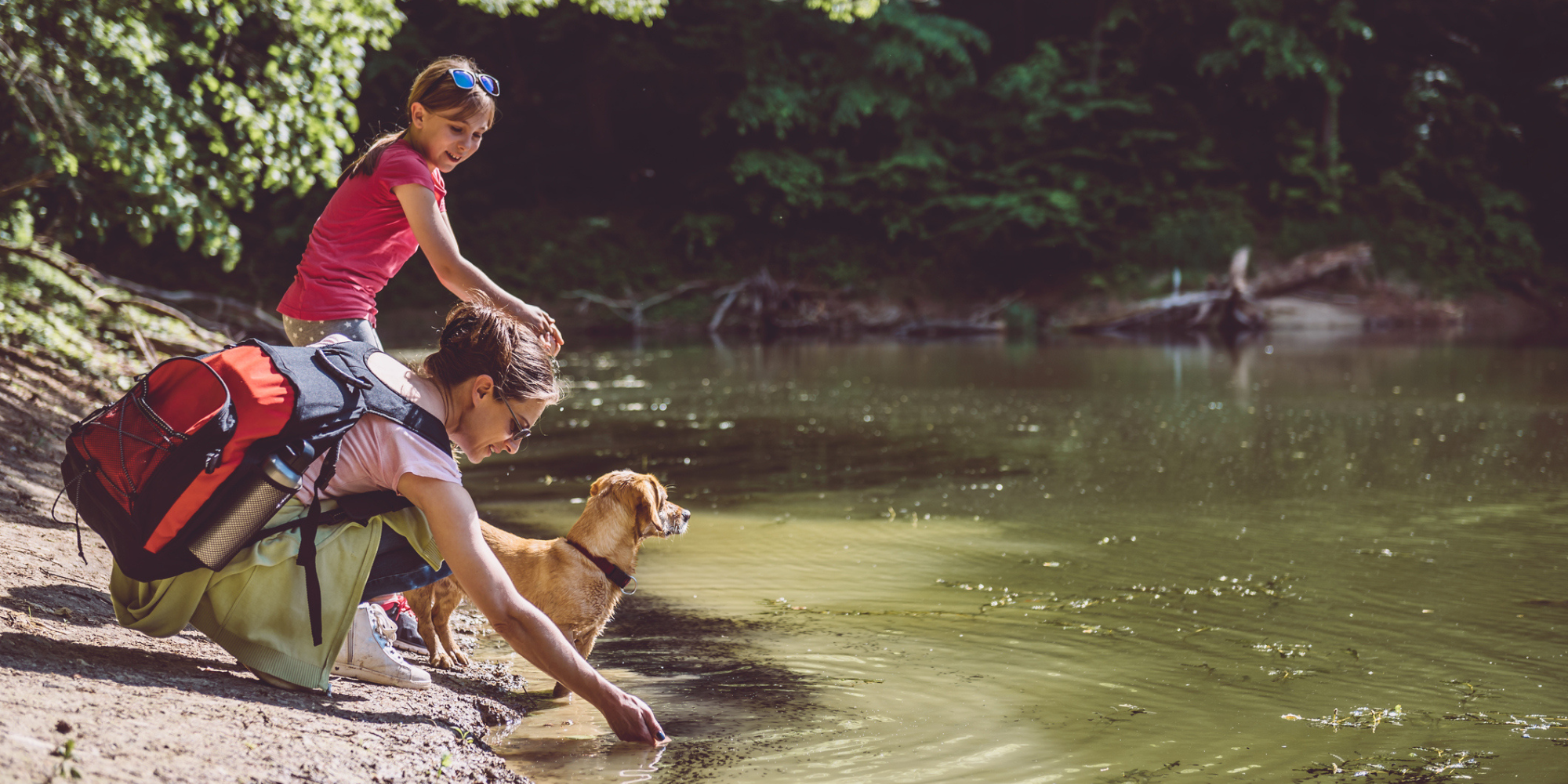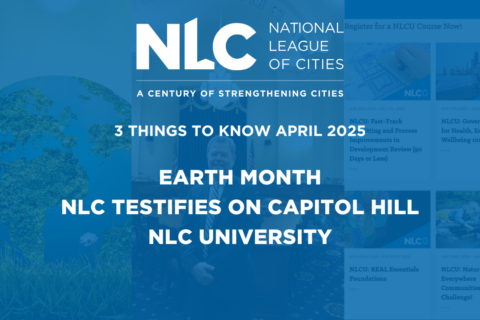Written in collaboration with Taj Schottland of The Trust for Public Land.
Communities across the U.S. are grappling with simultaneous and compounding crises: climate-driven disasters, the systemic and long-running disinvestment in communities of color, a growing mental health crisis (particularly among teens) and more. While the underlying sources for these challenges vary, a growing number of communities are turning to seemingly unlikely strategies that provide climate, health and equity benefits simultaneously: nature-based solutions.
Nature-based solutions (NBS) are strategies that are inspired by, supported by, or copied from nature. There are many different types of NBS, including planting trees, creating new parks or greenways, building rain gardens, and installing green roofs. When they are implemented thoughtfully, in partnership with technical experts and residents, the benefits can be vast. Policy makers and elected leaders are starting to take notice.
In late 2022, the Biden Administration released a first-of-its-kind Roadmap for Nature-Based Solutions outlining a strategy for aligning federal policy and funding to “ensure over $25 billion in infrastructure and climate funding can support nature-based solutions.” The funding is already flowing and is being felt at the city level. For example, Federal Emergency Management Agency’s Building Resilient Infrastructure and Communities (FEMA BRIC) program will provide states with nearly $2.3 billion in funding for pre-disaster mitigation in FY22, and FEMA’s evaluation criteria prioritizes projects that incorporate NBS.
Nature-based solutions and their superpowers
So how exactly can NBS help your community? Below is a summary of just a few of the many benefits they provide.
Studies in Baltimore and Washington, D.C., have shown that during heatwaves, areas with parks and dense tree cover can be as much as 17 degrees cooler than nearby neighborhoods that lack adequate greenspace. At a national scale, urban trees are estimated to provide up to $12.1 billion in economic benefits—as measured by reduced mortality, heat-related illness and electricity consumption.
Green stormwater infrastructure (GSI) is a proven and well utilized strategy. The Environmental Protection Agency (EPA) often incorporates GSI mandates into their consent decrees requiring cities to improve water quality and reduce combined-sewer overflows. Green stormwater infrastructure (GS), like many other NBS, also provides a number of surprising co-benefits. For example, researchers in Philadelphia documented a reduction in certain crimes in and around newly installed GSI projects.
Parks are broad-spectrum NBS that provide a wide range of co-benefits while also helping connect everyone to the outdoors. They help build social cohesion and bridge social divides, a key ingredient of resilience during times of disaster. Spending time in nature-rich parks can provide a multitude of physical and mental health benefits, including reducing stress levels, improving concentration, and reducing rates of diabetes and cardiovascular and respiratory disease. Parks can also have enormous economic benefits. A new analysis found that New York City parks contribute an estimated $9.1 billion in recreational value, $2.43 billion in avoided stormwater treatment costs, and $17.9 billion in tourism spending.
How cities are effectively deploying nature-based solutions
Greenville, Mississippi, sits on the banks of the Mississippi River. Due to increasing precipitation caused by climate change, Greenville is growing more vulnerable to flooding. Mayor Errick D. Simmons of Greenville sees an opportunity to promote economic and environmental security and stability along the Mississippi River Corridor using nature-based solutions. The city is participating in a project along the Mississippi river corridor to utilize nature-based solutions to mitigate increased riverine flooding due to climate change. This will include protecting and restoring 66,000 acres of wetlands and floodplains to protect the region from disasters.
Easthampton, Massachusetts, published a Green Infrastructure Master Plan in 2021 using funding from the Office of Energy and Environmental Affairs Municipal Vulnerability Preparedness (MVP) Action Grant Program. “The purpose of the plan is to identify opportunities to address stormwater-driven flooding hazards and improve water quality through the use of nature-based, green infrastructure practices.” The city is also implementing core strategies within the plan with MVP funding. The Emerald Place Resiliency project is focused on the slope above Lower Mill Pond which suffers from erosion and has caused a loss of vegetation and ongoing gullying. The project will assess slope conditions along Emerald Place and engage the public on green infrastructure strategies.
In Kansas City, Missouri, Kansas City (KC) Water has a Smart Sewer Program that deploys green infrastructure to manage stormwater. Through this program, KC Water plans to install and maintain 480 acres of nature-based solutions that will capture 85 percent of stormwater flow during rainfall events by 2040. The city is focusing on rain gardens, bioswales, and green roofs. KC water has a map that allows for the exploration of the specific green infrastructure projects that have already been installed in the city.
Taking the next step
Integrating nature-based solutions into your city’s planning efforts and capital investment processes has never been easier. There are more funding sources, technical assistance programs, and national coalitions supporting this work than ever before. Check out some of the below resources to learn more:
The Urban Nature-based Climate Solutions Accelerator is a series of three, five-month-long capacity-building intensives centered around (1) urban heat and urban forestry, (2) circular urban carbon economies and (3) storm-flood risks and green infrastructure.
Need funding for NBS but not sure which federal program is right for you? This highly customizable NBS funding database allows you to search for funding programs based on project goal, type of support, and more. Or, if you want to generate local funding for this work, reach out to the Trust for Public Land’s Conservation Finance technical assistance program that has helped generate $93 billion in local, voter approved funding for nature-based solutions.









